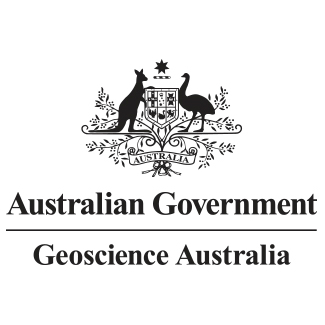Full description
The bulk source rock database table contains publicly available results from Geoscience Australia's organic geochemistry (ORGCHEM) schema and supporting oracle databases for the bulk properties of sedimentary rocks that contain organic matter and fluid inclusions taken from boreholes and field sites. The analyses are performed by various laboratories in service and exploration companies, Australian government institutions, and universities, using a range of instruments. Sedimentary rocks that contain organic matter are typically referred to as source rocks (e.g., organic-rich shale, oil shale and coal) and the organic matter within the rock matrix that is insoluble in organic solvents is named kerogen. Data includes the borehole or field site location, sample depth, stratigraphy, analytical methods, other relevant metadata, and various data types including; elemental composition, and the stable isotopes of carbon, hydrogen, nitrogen, and sulfur. Results are also included from methods that separate the extractable organic matter (EOM) from rocks into bulk components, such as the quantification of saturated hydrocarbon, aromatic hydrocarbon, resin and asphaltene (SARA) fractions according to their polarity. The stable carbon (13C/12C) and hydrogen (2H/1H) isotopic ratios of the EOM and derivative hydrocarbon fractions, as well as fluid inclusion oils, are presented in delta notation (i.e., δ13C and δ2H) in parts per mil (‰) relative to the Vienna Peedee Belemnite (VPDB) standard.
These data are used to determine the molecular and isotopic compositions of organic matter within rocks and associated fluid inclusions and evaluate the potential for hydrocarbon generation in a basin. Some data are generated in Geoscience Australia’s laboratory and released in Geoscience Australia records. Data are also collated from destructive analysis reports (DARs), well completion reports (WCRs), and literature. The bulk data for sedimentary rocks are delivered in the Source Rock Bulk Properties and Stable Isotopes web services on the Geoscience Australia Data Discovery Portal at https://portal.ga.gov.au which will be periodically updated.
Lineage
Maintenance and Update Frequency: asNeeded
Statement:
The bulk source rock database table was created in the ORGCHEM schema to release the bulk properties of sedimentary rocks that contain organic matter and fluid inclusions taken from boreholes and field sites. Data are collated from Geoscience Australia records, destructive analysis reports (DARs), well completion reports (WCRs) and literature. These data are released in the Source Rock Bulk Properties and Stable Isotopes web services on the Geoscience Australia Data Discovery Portal at https://portal.ga.gov.au which will be periodically updated.
Notes
Purpose
Release of the bulk source rocks database table and web services in the Geoscience Australia Data Discovery Portal at https://portal.ga.gov.au
![]()
![]()



